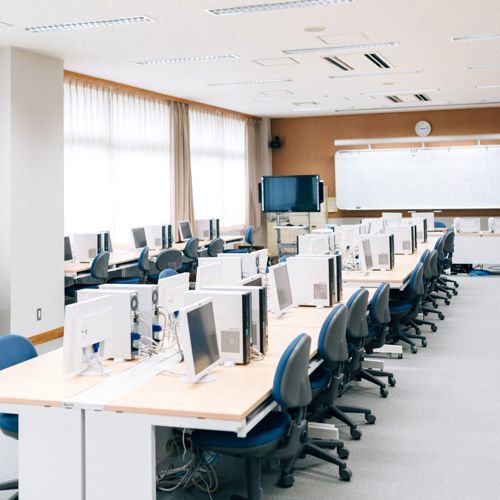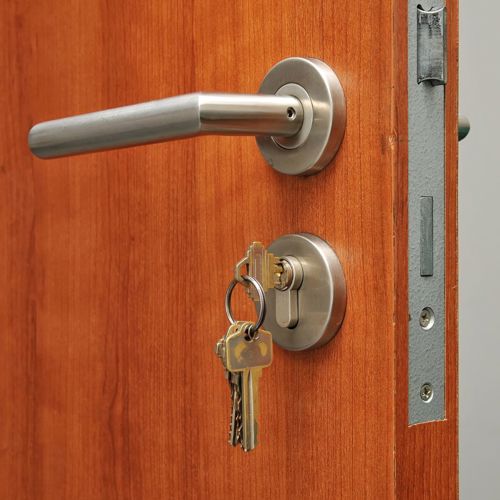
Most primary school lessons in Australia take place in one classroom, with the exclusion of some library activities. For this reason, germs are often limited to a classroom environment, meaning it can be more difficult for students in different year groups and classes to infect one another. Moving into a high school setting, however, in most cases, facilities are shared as a way for students to grasp different fields of study. Just some of the various areas students may come across throughout their day’s studies include computer labs, sports sheds, technology classrooms, science labs and ordinary classrooms.
Students will therefore travel across the school grounds more in their high school experience. For this reason, sick or infectious students have more capacity to leave harmful pathogens around the school, which can cause students from a variety of year groups to fall ill through indirect contact. A study conducted by the NSW Department of Education shows that secondary school attendance (averaging 84%) is typically worse than primary school attendance. Not all days off can be attributed to illness. However, the study shows that approximately 60% of absences are due to sickness. With the right high school infection control procedures, this statistic can drop significantly.
To prevent the spread of infections in high school environments, staff, cleaners, and students first need to know where the most infectious surfaces are located. Our following blog dives into this further:
Promote good infection control by sanitising shared devices regularly
Though many high school students will have their own laptops and smart devices, some schools may still provide shared resources. This may include computers in libraries and shared phones. Throughout the day, these can be used by countless students, meaning they will likely become a breeding ground for infectious pathogens.
Cleaning staff or those teachers supervising the use of these devices should be encouraged to clean these after each use. They can do so by wiping them down with an HYGEN microfibre cloth and an elected sanitiser.
Cleaners should also always be mindful to clean in one direction. Though the HYGEN technology is some of the best on the market, this can prevent pathogens from spreading back onto the device. For classes with a larger volume of students, teachers can also encourage good hygiene by providing students with HYGEN disposable microfibre after they use each computer. This way, they can take cleaning into their own hands.

Remember to clean other shared supplies to promote good infection control
It’s common to forget that there are other shared supplies in school environments. These can include small supplies; such as whiteboard markers and paint brushes. It also includes larger supplies, such as guitars in the music rooms. These can be cleaned in the same way as computer equipment.
Each school and educational facility must consider its unique building and on-hand supplies when creating a detailed cleaning checklist. Doing so can ensure no supplies, which are unique to their school’s offering, are missed.
For example, some schools may provide access to tennis courts at lunchtime. Therefore, they will need to ensure tennis racquets are cleaned after each use. However, this is unlikely to be offered at every school across the country.
Clean door handles, desks, floors and handrails daily to reduce infection risk
Like all facilities, from hospitality businesses to hospitals, the places people need to touch are those which will carry the most infections. For this reason, when educators and school boards are structuring their cleaning procedures, they must ensure that high-contact surfaces are prioritised.
Some high-contact surfaces include:
These surfaces can all be cleaned using the appropriate HYGEN microfibre. It’s essential schools use different microfibre cloths in each section of the school, particularly between bathrooms and canteens, to avoid cross-contamination.
Though they may not seem as important to clean, schools must also make an effort to clean the floor frequently. Bathroom floors must be mopped with an HYGEN microfibre mop at least once or twice daily. Cleaning staff must substitute regular mop heads for disposable mop heads when human waste is present on the floors, as this is highly contaminated.
Lino and wooden floors must be mopped at least once weekly, but it is recommended that high-volume schools commit to mopping twice weekly. For carpeted flooring, this must be vacuumed one or twice weekly and should be sanitised through a deep clean and shampoo at a minimum of every three months.

Educational infection control starts at the source
There are many strategies schools can implement to eradicate infections. But, at Rubbermaid Commercial, we go one step further. We are passionate about achieving a higher level of cleanliness and preventing the spread before it can place students at risk. Schools and cleaning staff must remember that the spread of bacteria can be slowed if precautionary methods are in place. These include:
If you are ready to make a difference for your students, you can contact our team and discuss your options online at any time.